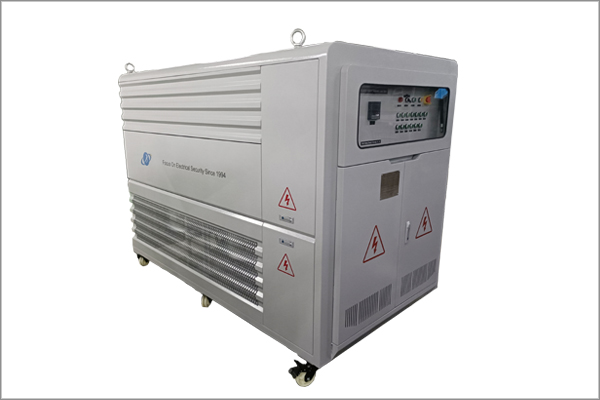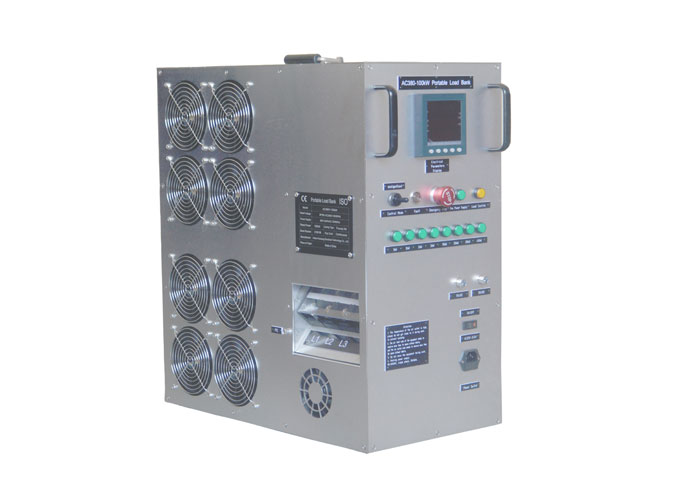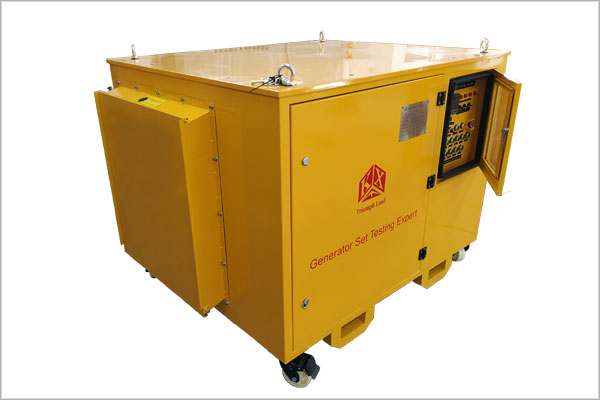Precautions for UPS emergency power supply detection
Time:2024-03-28
UPS emergency power plays a vital role in modern society, especially in situations where the power supply is unstable or critical equipment needs constant power supply. In order to ensure that the UPS power supply can work properly in an emergency, regular testing and maintenance are essential. The following are the key points to pay attention to when performing UPS emergency power detection:
First, security preparations
Before performing a UPS power test, make sure the power is turned off and all relevant circuits are disconnected. This is to avoid the risk of electric shocks and short circuits.
Ensure personal safety by wearing appropriate protective equipment, such as insulated gloves and protective glasses.
2. Appearance inspection
Carefully observe the appearance of the UPS power supply and check for deformation, cracks, rust or burn marks. These signs may indicate damage or malfunction inside the power supply.
Check that the vents of the UPS power supply are unblocked to ensure good heat dissipation.
Third, battery detection
The battery of the UPS power supply is its core component, so it should be tested. Check the appearance of the battery for signs of damage or leakage.
Use a professional battery tester to measure the voltage and internal resistance of the battery. If the battery performance is poor, it should be replaced in time.
Pay attention to the battery life, according to the manufacturer's recommended replacement cycle to replace.
4. Electrical performance test
Use a test tool, such as a multimeter, to test the input and output voltages and currents of the UPS to ensure that they are within the normal range.
Check whether the overload and short circuit protection functions of the UPS power supply work properly.
Perform a switchover test to simulate the mains power failure and observe whether the UPS power supply can be quickly switched to battery mode.
Record and report
During the testing process, the test results and problems found should be recorded in detail.
Write test report, comprehensively evaluate the performance of UPS power supply, and make suggestions for maintenance or replacement.
6. Regular maintenance and maintenance
In addition to regular testing, the UPS power supply should also be carried out daily maintenance and maintenance. This includes cleaning the power supply housing, checking for loose or aging cables, and so on.
Follow the maintenance guide provided by the manufacturer to regularly perform in-depth maintenance and maintenance on the UPS power supply to extend its service life.
In summary, the detection of UPS emergency power supply is a meticulous and important work. By following the preceding precautions, you can ensure the stable and reliable performance of the UPS power supply and provide continuous and stable power supply for key devices. At the same time, it is also one of the important measures to ensure the safety of enterprise operations and reduce potential risks.
News Recommendation
-
 2023-04-21
2023-04-21TRIUMPH LOAD EXHIBITING AT DATA CENTER WORLD GERMANY 2023-BOOTH F909
-
 2023-04-06
2023-04-06TRIUMPH LOAD EXHIBITING AT ELECTRIC POWER TECH KOREA 2023 – Booth G109
-
 2022-05-05
2022-05-05What is the role of ac load bank for power supply?
-
 2022-05-05
2022-05-05What is the role of the load bank?
-
 2022-03-22
2022-03-22The importance of daily inspection and maintenance of load bank


